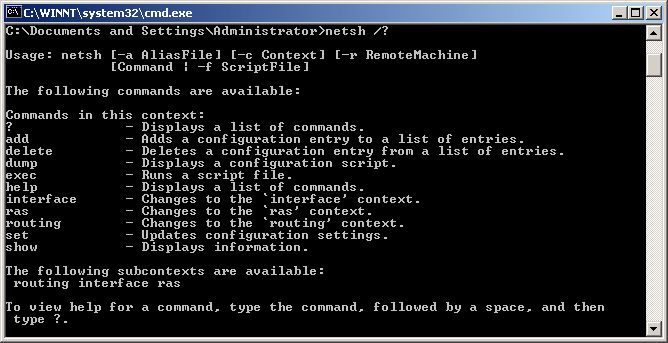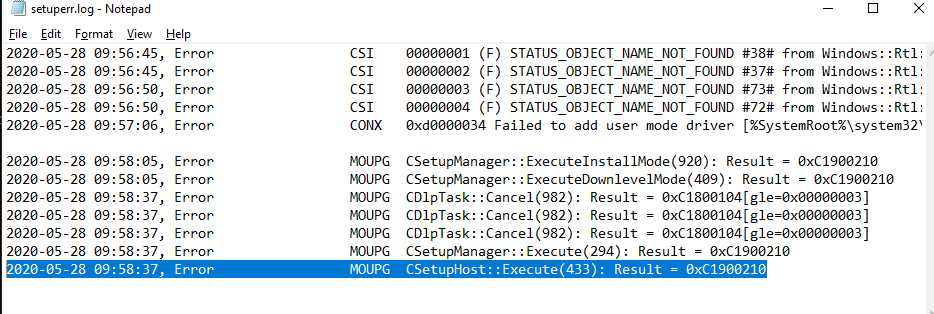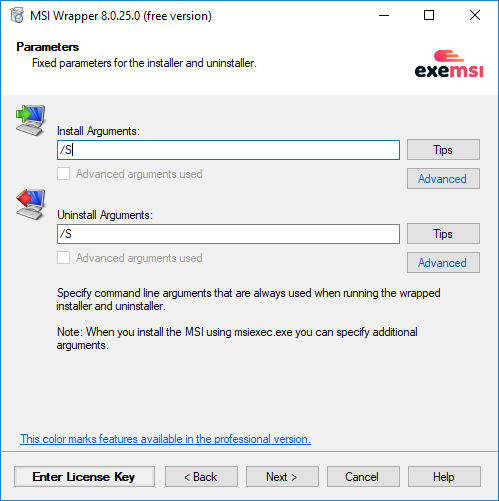
Exe file, even if you dont actually type the command or even see it.This switch bypasses displaying the Setup screens during an upgrade within Windows. All startup methods essentially do the same thing: they run the apps. You can start the Office app as usual, by clicking the program icon on the desktop, or by clicking the program name on the Start menu. Using a command-line switch doesnt mean you have to type the whole startup command at the command prompt.

Search for anything that might possibly resemble a command line. Most strings will be garbage so they can be ignored. Search down the list of string found in the binary file.
Sis mirage graphics jhonn. It trys to keep you from killing it. It keeps you from loading taskmgr. Setup.exe response.txt] PartSilent install is a feature available from AXIS Camera Management 4.00 that lets a user perform an installation, upgrade or uninstallation using the command.Setup.exe is a common name for alost all installation programs. Parts between are optional ellipsis "." indicate parts that may be repeated.
Setup Exe Switches Windows 10 Install Image
Run modes may start with / or - and are not case-sensitive. If you do not specify a run mode, Setup will run according to the rules set out under Run mode options, below. In actual usage, this may be Setup.exe or any other name that you assigned to the Single Exe distribution package on the Build page.The /? option shows a brief option summary in a popup window, then exits.The /help option opens the online help page in the user's web browser, then exits.Optional run mode. ACTION REPLAY WII.The setup.exe installer in a Windows 10 install image has quite a large number of the command-line parameters that administrators may be interested in to automate and manage a Windows 10 silent and unattended build upgrade on user computers using SCCM, MDT, or other deployment tools.Specifies the Setup program's file name or fully qualified path. To disguide something bad.
This allows you to use other symbolic variables as part of the value specification, for example "INSTALLDIR=\". If a variable doesn't exist in the installation script, it is automatically created.Note: If value contains spaces or special characters such as '', you should quote the entire option as in " var= value". Options are processed from left to right, so if you specify conflicting options, the rightmost one "wins".Specifies zero or more var= value pairs that allow you to set the value of symbolic variables from the command line.Any values set on the command line override the values of the corresponding variables from the installation script. Therefore, -q, /q, and /Q all have the same effect. Options may start with / or - and are not case-sensitive.
However, response files differ from normal command line syntax in the following ways: For best results, we recommend that you specify higher-level components before their children if you want to change their selection state, because the selection state of a parent component may affect the available selection states of its response.txtUse response.txt as a response file for further command line arguments.A response file is a plain text file (encoded in the current ANSI code page, or UTF-8 with a leading BOM, or UTF-16 with its leading BOM) that contains one or more command line arguments separated by any combination of spaces, tabs, or newlines.The syntax of the arguments in the response file is similar to the normal command line usage in particular, any arguments that contain internal spaces must be "quoted". This option allows you to restore a component to its default selection, even if there is a currently installed version of the product that used a different selection state.Note: $comp=state options are evaluated from left to right on the command line. This evaluates the Initial state and the If condition true fields of the component in conjunction with its Condition (if any), and assigns the resulting state. The state portion must be an integer from 0 to 5 with the following meaning:Set default state. The comp portion (without the leading '$') must specify the internal Name field of the component
No other command line processor features apply.Response files may be nested and will be processed if and when they appear on the command line and in other response files, and the same left-to-right processing rules apply when conflicting arguments are encountered (i.e., the rightmost argument "wins"). Only simple expansion is performed CMD.EXE features such as %varname:str1=str2% (string substitution) and others are not supported. To pass the literal string %APPDATA% as an argument to the program, you must use single 'quotes', for example '%APPDATA%' double %% signs as on the command line do not prevent expansion. Environment variable references such as %APPDATA% are expanded inside a response file as they would be on the command line proper. As a corollary, inside a response file you can refer to symbolic variables with unquoted syntax, for example INSTALLDIR=\

If this is a new installation, then the installer automatically switches to Installer mode (see next). See Setup installation location for details.InstallMate recognizes the following run mode options: OptionInitial run mode if no other run mode options are specified on the command line. Existing installation An existing installation is one where Setup.exe runs from its installed location on the target system.

This is typically used to resume an installation after the system was restarted due to the installation of one or more prerequisites.In addition to one of the run mode options, you can use the following options to further modify Setup's behavior: OptionRequire Administrator rights (equivalent to /a5)This option modifies the Installation level attribute set on the Installer options project page. This requires access to the installer's original distribution media.Resumes a partially completed installation. In that case, Setup automatically registers itself to run in Registrar mode after the next system reboot.Note: This option is ignored by new installations, which always run as Installer.Completely removes your application from the customer's computer.Re-installs your application unchanged, usually to repair a damaged installation. This is required if one or more files were in use during the original installation.


 0 kommentar(er)
0 kommentar(er)
